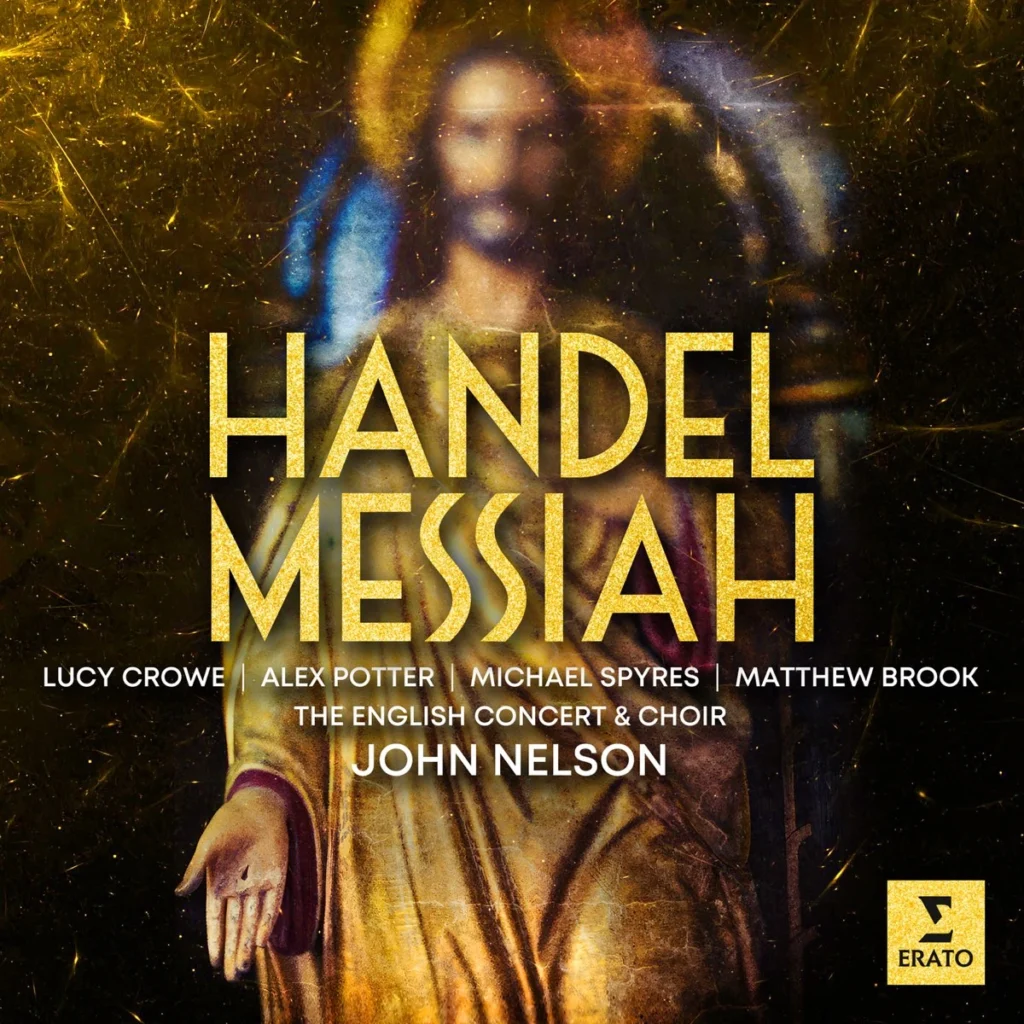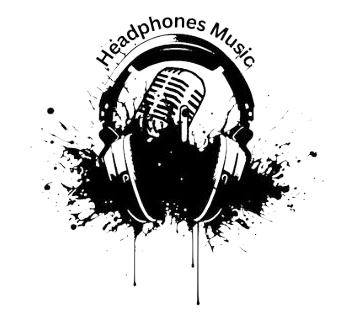Noble FoKus Prestige True Wireless IEM – TWS Done Right 2024

In addition to a number of product launches, such as the exciting new Noble Audio XM 1 with a brand-new driver technology (xMEMS Cowell MEMS solid state driver), CanJam Dallas 2024 was an amazing event for me. I was also able to sneak a preview of the highly anticipated Noble FoKus Prestige True Wireless IEM.
Since I had already reviewed the Noble Falcon Pro TWS IEM and the Noble FoKus Pro TWS IEM, I was very excited when the Noble Mystique TWS IEM was announced. However, due to the high demand, which was exacerbated by the subsequent release of the Noble FoKus Prestige, which is currently severely backordered, Jim decided to give me one of his two show samples because CanJam Dallas 2024is the final show until next year.
The Noble FoKus Prestige True Wireless IEM

Similar to the Noble Mystique TWS IEM, the Noble FoKus Prestige TWS IEM’s stunning appearance is what initially distinguishes it from competing products. The FoKus Prestige elevates this look with a custom hardwood box and body that are available in two color schemes: blue and black. The Black is the one I own. The FoKus Prestige, however, is more than just a pretty face; it’s a real high-performance three-driver hybrid IEM with the superb sound quality you’ve come to expect from Noble Audio.
The FoKus Prestige is the premium version of the FoKus Mystique, with a 10-hour battery life between charges and an enhanced PCB board for networking. With the Noble FoKus app, you can adjust the tonal balance to suit your hearing. Its hybrid 3-driver setup includes two Knowles Balanced Armature drivers and an 8.2mm Dynamic driver.
The controls are as follows: Answer Call/Hang Up (single click L/R), Reject Call (2 second hold L/R), Ambient Mode (3 second hold L), Volume Up (triple click L), Volume Down (double click L), Next Track (triple click R), Previous Track (double click R), and Pause/Play (single click L/R).

In addition to the TWS IEMs and charging case, the standard accessories include a charging cable (mine had an adapter), a storage bag, an instruction manual, and a variety of six types of ear tips.
Living with the Noble FoKus Prestige True Wireless IEM
After charging the case, I connected the Noble FoKus Prestige True Wireless IEMs to my phone and launched Qobuz to listen to music in general when I first arrived home. For a more practical Qobuz interface, I then connected them to my PC.

Similar to the Noble FuKus Pro, the FoKus Prestige pleased me with its range, which allowed me to listen to the new 2024 mix of “The Beatles 1962 – 1966 (2023 Edition)” (24-bit/96kHz – Qobuz) without experiencing any signal problems while I was moving about the house. The main change was that the sound quality had improved, becoming more melodic and warm in a large soundstage. Compared to the original stereo mix, which was made without the Beatles’ or George Martin’s involvement, the remix not only provided a more organic instrument placement, but it also had a better, more realistic sense of the instruments’ tonality and none of the early ’60s tinniness.

For clarity, musicality, and sonic naturalness, I would honestly compare these to any $600 IEM. This was demonstrated by listening to Gandalf’s “Europe-Floating Along the Danube” (16-bit/44.1kHz – Qobuz) from his “Eartheana” album. In a massive soundstage, Hein Strobl’s fusion of piano, orchestra, and percussion was fully realized. With the bass drum rhythm and violin accompaniment, the harp’s plucking and the chimes’ trill sounded authentic.

I then downloaded the Noble FoKus App and performed the calibration process. I tried the calibration using the Bill Evans Trio playing “Gloria’s Step (Take 2/Live At The Village Vanguard/1961)” (“Sunday At The Village Vanguard” – 24-bit/192kHz)) after running it twice with only a minor variance charted out. A little more information was seen even though there was not much of a difference between the tested curve and flat.
On or off, the cymbals were crisp and textured without sibilance, the snare had snap and impact, the bass was deep and genuine, and the piano had a Steinwayesk delicacy to the sound. With the upright bass on the left, piano on the right, and percussion in the middle, this 1961 recording was incredibly realistic, positioning every instrument firmly in the space. You could actually hear everything in the room, including the soft conversation between guests and the occasional tinkle of a glass or fork on a plate.

I chose to listen to “Yours Is No Disgrace (2023 Remaster),” my favorite song from the epic album “The Yes Album,” after noticing that Qobuz had released a new High-Resolution 24-bit/96kHz version of the album. Steve Howe’s blazing guitar work wonderfully counterbalanced Chris Squire’s bass growl, and Bill Bruford’s incredibly precise and nuanced percussion provided rhythmic accompaniment. The foundation of this song is Jon Anderson’s beautiful vocals and Tony Kaye’s fast-paced, syncopated Hammond stylings with a nearly limited use of synth. The FoKus Prestige conveyed every ounce of excitement.
Steve Howe’s live version of “Clap” on a steel string acoustic guitar was the next song. In a spacious hall, every note was reproduced with precision on the stage edge. The portrayal of the FoKus Prestige was simply perfect. No note of Steve’s blazingly fast performance is muted or lost, and you can hear the audience, the room, and all the squeaks and buzzes that come from a steel string guitar.

Listening to Dr. John’s “The Brightest Smile In Town” (24-bit/44.1kHz – Qobuz), which reflected all the powerful thrill of an upright honkytonk piano as if it were in the room with me just feet away, made the FoKus Prestige’s extreme dynamic range clear. My primary instrument is the piano, which I use every day. I am fully aware of how difficult it is to replicate that sound precisely; while most headphones may provide a recognizable piano sound, it is rarely this authentic.

I chose Dario Baldan Bembo’s 16-bit/44.1kHz Qobuz song “Non Mi Lasciare” to test the sub-bass. You would think that the FoKus Prestige used bone conductors because the sub-bass is really powerful and low, but the sound isn’t boomy like with most TWS and cheap IEMs; in fact, the bass and mid-bass don’t feel overdone at all, and the mid-range is lovely and melodic despite the sharp highs.

I chose “Handel: Messiah, HWV56,” performed by The English Concert & Choir under the direction of John Nelson, for classical music in keeping with the season. The soundstage was spacious and included well-placed instruments, just like in the earlier tests. The timbre was neutral but melodic once more. I keep thinking about how realistic it sounds; I’m just not used to this kind of experience with headphones that cost less than $1,000.
Conclusions on the Noble FoKus Prestige True Wireless IEM
The main problem with TWS IEMs is listening fatigue; although they work well for little listening sessions, you won’t want to use them for extended listening. The Noble FoKus Prestige True Wireless IEM is an exception. As I went about the house performing my normal tasks, I noticed that I was attracted into the music and kept listening. With the FoKus Prestige, Noble appears to have fixed all of TWS’s issues and created a very fantastic-sounding $600 IEM that can easily compete with wired options in the same price range, particularly when used with a tablet or phone.
Although TWS is only capable of 48 kHz, I will still use my Noble Katanas or Noble Viking Ragnar for serious listening. However, the FoKus Prestige is the best option for everyday listening, particularly when you need to be mobile.
Not to mention how stunningly beautiful they are, they are both melodic and analytical, entertaining and correct, and incredibly dynamic. The charge case and the polished and stained wood casings have an unmatched appearance and feel. It is understandable why these are always backordered, but trust me when I say that the wait is definitely worth it.
I understand that $600 can be a significant amount of money for most people for a pair of IEMs, but the Noble FoKus Prestige is unquestionably a serious IEM, even when new versions costing $5,000 or more are being released every day.
Specs:
- Two balanced armature drivers and one dynamic driver
- The wooden body and case are expertly CNC-machined.
- A 500 mA battery
- The TrueWireless Mirroring technology from Qualcomm
- Qualcomm cVc phone noise cancellation technology
- Fast charge: 15 minutes of charging for a maximum playback duration of 70 minutes
- Google and Siri are voice assistants.
- Touch-Based Controls
- Secure and comfortable fit Sound signature adjusted by a wizard







